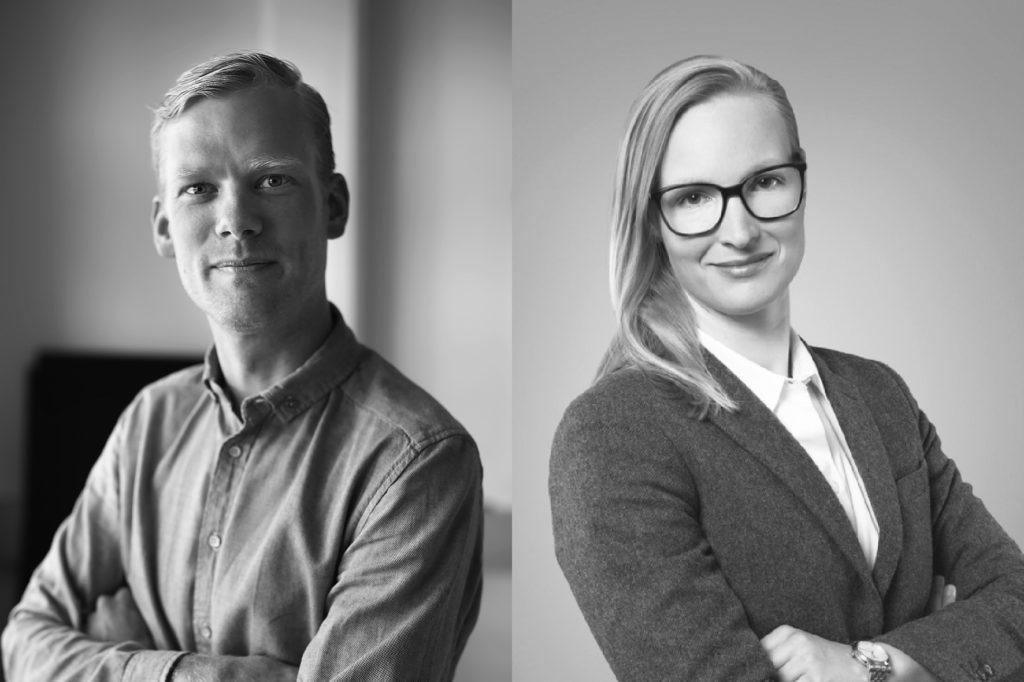World Industrial Design Day embraces sustainability

World Industrial Design Day is taking place on 29 June and this year focuses on responsible consumption and manufacturing. We turned to two industrial designers to find out how sustainability fits into their day-to-day working lives.
”I’m finally seeing light at the end of the tunnel”
In my role at Aivan, I do all that I can to help our clients choose high quality and opt for sustainable solutions. The components in our Unmonday speakers are especially designed so they can be replaced and recycled. We’ve also been involved in designing zero-emission electric boats and propulsion engines. Our approach to design is also geared towards tackling any so-called last mile delivery issues that arise when couriers are unable to deliver the goods to the recipient which then leads to unnecessary transport journeys and the emissions that go with that.
Our recent Korvaa project, which we ran in collaboration with the VTT Technical Research Centre of Finland, looked at the potential offered by microbially grown materials. Ultimately, these materials are an opportunity to use waste to generate a range of everyday products as well as fuel and construction materials. Excitingly, the project led to the creation of a set of headphones which are fully biodegradable and made from biologically produced materials. It was an excellent demonstration of what’s really possible and already within our reach and an a glimpse at the sort of materials we could be using and producing in the future instead of consuming fossil fuels and cutting down forests. As a product designer, it has been incredibly rewarding to be involved in this project, particularly as our consumption habits and carbon emissions are such a hot topic right now. This project really turned everything on its head for me. I feel like I’m finally seeing light at the end of the tunnel.
Head of Product Design Saku Sysiö, Aivan
“Industrial design allows you to step into another person’s shoes”
Back in 2006–2012 when I was studying industrial design at the University of Art and Design in Helsinki, which later went on to become the Aalto University, the undergraduate curriculum didn’t cover responsible production and consumption at all. Now, in my job as Customer Experience Manager at the Helen energy company, sustainable design is very much part of my remit, and it’s important we make sure that we all speak the same consistent language across all our customer touchpoints. A lot of it is incredibly practical; if we want to encourage our customers to cut their carbon emissions, we can use our billing system to help them visualise where they’re at.
For me, industrial design is an opportunity to make use of my imagination and really put myself in other people’s shoes. I always try to take the broadest possible approach to my work and not just focus on the more narrow technical aspects. The issue of whether businesses should do more to promote responsible consumption or if it’s actually the individual consumer that needs to take responsibility for their own purchasing behaviour is a thorny one, and I don’t think there’s a simple black and white answer to that to be honest. Businesses can’t do it on their own, there needs to be demand for it from consumers too. But ultimately what that means of course is that businesses need to make sure that whatever climate friendly choice they’re offering is actually appealing to the consumer. What I’m personally driven by is my passion for discovering new ways of doing service design. I’ve seen some visually really clever climate change adverts out there that manage to inspire without preaching. I think as a profession we could up our game a bit more and find better ways of creating products that really speak to consumers.
Customer Experience Manager Taru Hynynen, Helen
World Industrial Design Day (WIDD) is an international day of observance celebrated throughout the world in recognition of the establishment of the World Design Organization (WDO) on 29 June. This year, WDO and the team at Global Goals Jam have joined forces to launch the first World Industrial Design Day 2019 Mini-Jam (designathon) under the theme of the United Nations’ Sustainable Development Goal 12: Responsible Consumption and Production. The global design community is invited to explore local challenges and identify ways design can help ensure sustainable consumption and production patterns by “doing more and better with less”.
